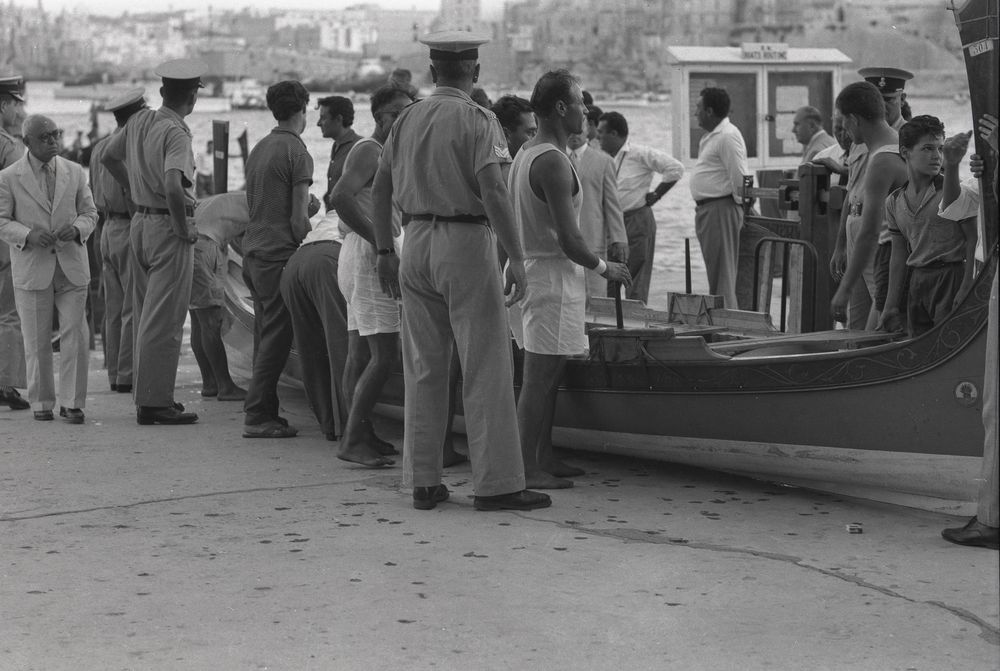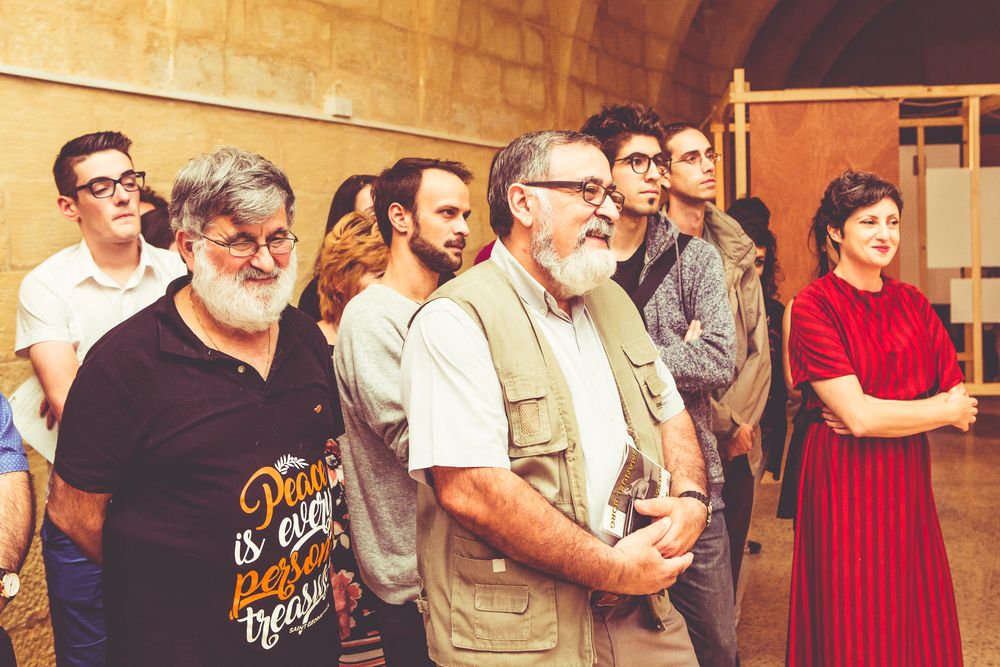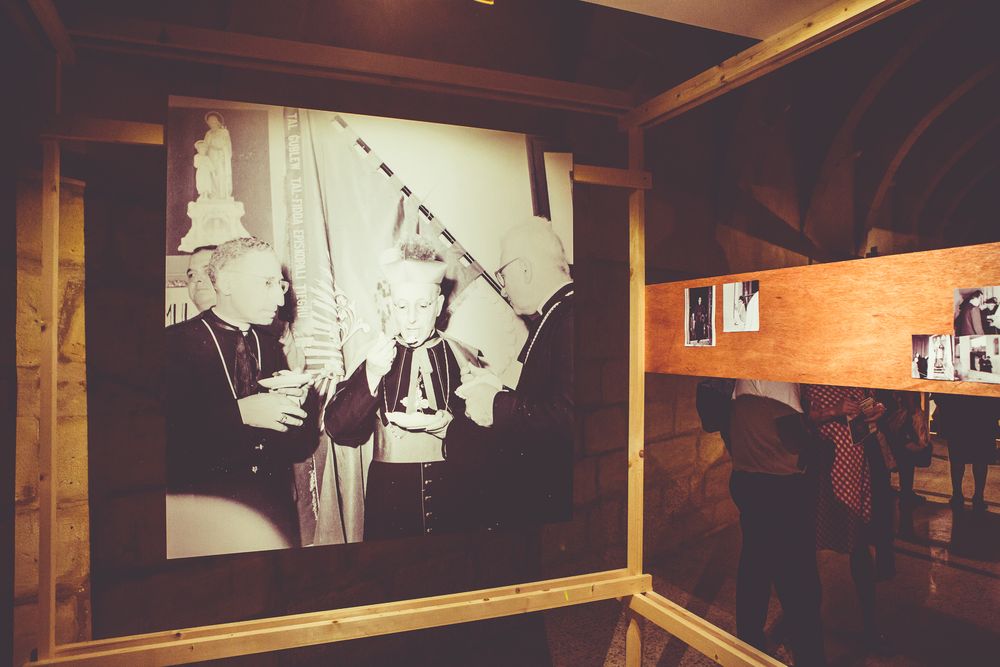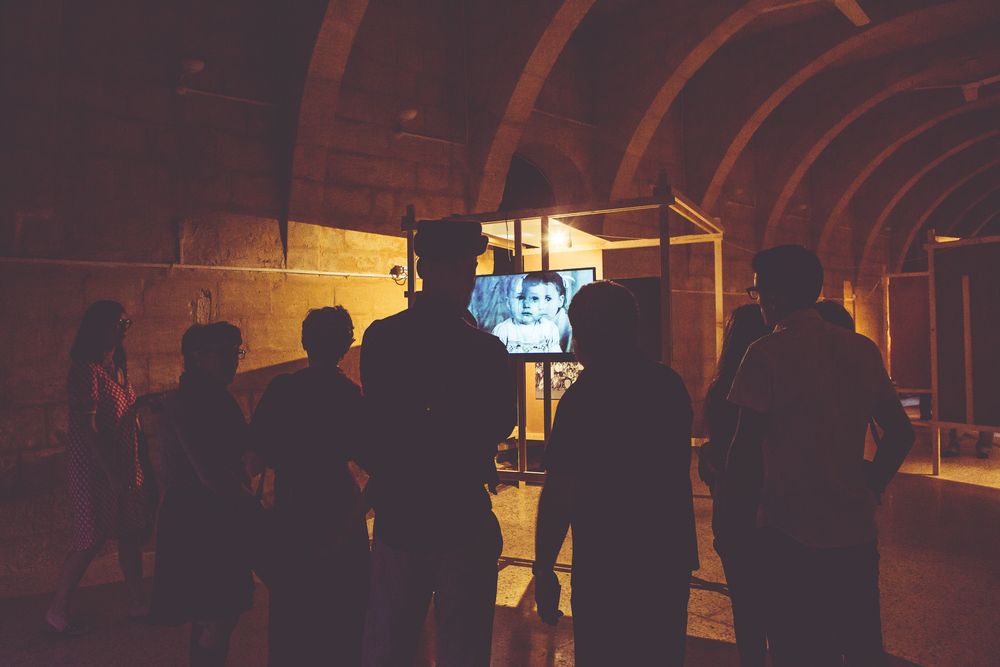A Sense of Place
Emanuel Borg
Image: Emanuel Borg
A Sense of Place
Kalkara through the work of Emanuel Borg
Kalkara Parish Hall, Kalkara
3 – 11 November, 2018
Exhibition Curator: Charlie Cauchi
Artistic Director: Andrew Alamango
Project Manager: Nicole Blackman
Exhibition and Catalogue Design: Jon Banthorpe
Sound Designer: Robert Farrugia
Video Collage: Tiny Island Studio
PR, Outreach and Communications: Janelle Borg
Exhibition photographs: Elisa Von Brockdorff
Images by Emanuel Borg (John Borg collection)
Emanuel Borg (1922-2012) started his career as a professional photographer just after World War II. The first photographs from his studio date to 1947. In the 1950s he was involved in establishing the photographic department of the Malta Tourism Board, and during national events he was regularly seconded to the Department of Information. Borg was an early member of the Malta Photographic Society, which was founded in 1961, and the still photographer on the set of the film Treasure in Malta (1963). His collection of photos and negatives was passed to Magna Żmien for digitisation by one of Mr Borg’s four sons, John.
Through a lifetime’s work, Emanuel’s collection brings together hundreds of photographs, negatives, glass plates and slides, which document the shared history of the people in Kalkara and the harbour area. On public display for the first time, the works in this exhibition pay tribute to Emanuel Borg, whose work, in turn, pays tribute to the town and people of Kalkara, past, present and future.
We are grateful to John Borg for sharing this wonderful collection and giving the public a unique opportunity to view some of his father’s work in a public space.

Emanuel Borg 
Emanuel Borg (R) with friends, 1950s 
Emanuel Borg with camera, 1970s
















From the catastrophic to the mundane, the dramatic to the intimate, the work of Emanuel Borg is the focus of this exhibition, which has been commissioned by Magna Żmien. Artistic Director Andrew Alamango approached me to curate this event. He was adamant that the exhibition should be held in Kalkara, the birthplace of the photographer and the backdrop to much of his photography. It’s a treat to be able to bring his work back to the place that he once called home.
Taking my lead from Magna Żmien, the photographs featured in this exhibition were all taken in Kalkara, be they outdoors or in Emanuel’s studio. Some were commissioned, some taken for his own pleasure, and most of the work has, for the most part, not been shared with the public. The collection, passed to Magna Żmien by Emanuel’s son John, spans 40 years, from the 1940s to the 1980s, and provides a unique vision of life in those times.
I worked closely with John, who patiently helped me navigate my way through the collection. Sitting with him in his house on several occasions, we went through the photographs together. Often, he’d enthusiastically point out how the Kalkara landscape has transformed – new roads, replacing half-built pathways, non-existent buildings now complete. Sometimes he was unable to identify a place because so many changes had occurred. The social, political and cultural shifts of the last four decades are laid out here, in black and white, and occasionally, in vibrant colour.
Besides landscapes, there is a series of photographs of committees, groups or teams. The most significant to Kalkara may be those that capture the Regatta. “This,” he informed me, “was the only real sport back then. Kalkara had a Regatta team before it even had a football team.” Kalkara also had a cricket team, which used to play against the British troops. Borg managed to document these little pockets of history.
Other types of portraiture exist in the collection. The most intriguing to me are his studio portraits. According to John, Emanuel had a studio on Rinella Street, the main street in Kalkara – “the only street back then.” Unlike his street photography, these images are consciously fabricated. Marking weddings, birthdays, and anniversaries, here memories are being shaped by placing the subjects in an invented context: a garden, a grand hallway, perhaps even heaven. The backdrop removes his subjects from the reality of daily life, transporting them to somewhere magical, far removed from the sun-bleached stone and the rubble of post-war Malta. On occasion, Emanuel would incorporate costumes and props. I have included the only remaining painted backdrop, which hung in the photographer’s studio in Kalkara, into this exhibition. Other backdrops have been lost. John mentions that one was even plastered over when the studio became a grocer some time later.
When he started the photography department for the Malta Tourism Board, Emanuel moved from the studio and started to work from home, with John recalling that the family always had a darkroom in the house. He had a long career, but still took photos for his own pleasure.
This exhibition just scratches the surface of what remains. John holds hundreds of pictures in his own personal collection, many of which he has been kind enough to donate to Magna Żmien, giving present and future generations a chance to engage with his father’s work. To me, Emanuel’s work forms an intrinsic part of our cultural heritage, and I hope this exhibition has managed to carry his past into our present day.
Charlie Cauchi, exhibition curator
Exhibition Opening Night





















